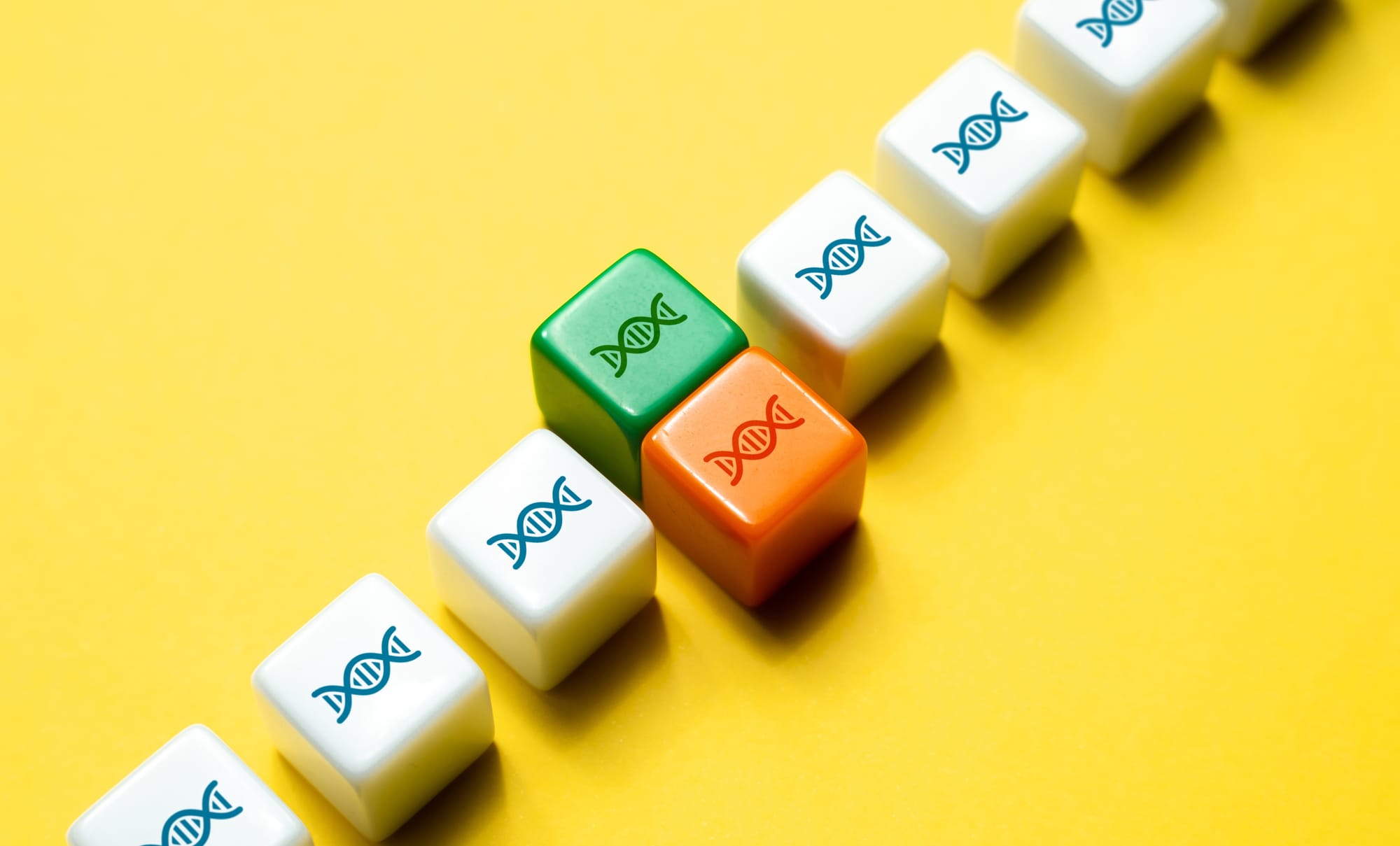"Stepping forward in the battle against genetic disorders, one gene at a time."
Think of a future where we can cure inherited blindness with a single treatment, severe blood diseases are no longer life-altering, and the threat of certain cancers is significantly reduced.
This isn’t fantasy—it’s what gene therapy could achieve. Gene therapy is a cutting-edge medical field targeting the very root of diseases: our genes.
But exactly how does gene therapy work, and importantly, how long does gene therapy last?
How Gene Therapy Works
Breaking Down the Basics
At its core, the gene therapy process aims to correct the genetic errors causing diseases. Think of it like fixing typos in a crucial document, our DNA, that leads to health issues. Our body is a complex system, with genes as its instructions. Errors in these instructions can cause the system to fail. This is essentially how gene therapy works: it corrects these errors, helping our body work properly again.
The Tools We Use
The CRISPR-Cas9 system, or "molecular scissors," is a breakthrough tool that allows scientists to edit DNA with high precision. This tool has made gene editing faster, cheaper, and more accurate. However, CRISPR is just one of many tools in gene therapy, each with its own strengths and applications.
The Techniques
Gene therapy uses two main techniques: in-vivo, where treatment is given directly inside the body, and ex-vivo, where cells are modified outside the body before being put back in. In-vivo therapy is like fixing a car while driving and is suitable for broad problems. Ex vivo therapy is like taking the car to a shop for detailed repairs, offering more control and safety.
Types of Gene Therapy
Choosing the Right Approach
Before diving into in-vivo and ex-vivo therapies, it’s essential to understand their importance. The choice between these methods depends on the disease, the cells targeted, and the desired outcome. This decision is crucial for treatment success and how genetic diseases are managed.
It’s also important to differentiate gene therapy, aimed at treating diseases, from genetic engineering, which involves enhancing human abilities. Gene therapy focuses on healing and improving health, navigating ethical considerations carefully.
Treating Conditions with Gene Therapy

Restoring Vision
Gene therapy has made incredible strides in treating inherited eye diseases. Treatments like Luxturna correct specific genetic mutations causing vision loss, offering people a chance to see the world anew. This success story is a beacon of hope for tackling other previously incurable conditions.
Revolutionizing Blood Disorder Treatment
For blood disorders like hemophilia B and beta-thalassemia, gene therapy is a game-changer. It enables cells to produce the proteins these diseases prevent. Treatments like Hemgenix for hemophilia B can significantly reduce bleeding risks and the need for ongoing treatments. Likewise, Zynteglo for beta-thalassemia can lessen or eliminate the need for regular blood transfusions.
Addressing Severe Conditions
Gene therapy tackles severe diseases like Spinal Muscular Atrophy (SMA) and Cerebral Adrenoleukodystrophy (CALD). Zolgensma, for SMA, helps motor neurons produce essential proteins for movement. Skysona targets the genetic root of CALD, preventing disease progression and protecting the brain.
Innovating Cancer Treatments
Gene therapy explores new avenues in cancer treatment, focusing on reprogramming immune cells or modifying cancer cells. This approach could complement or replace traditional treatments like chemotherapy, offering precision and potentially better outcomes.
Safety and Challenges
While gene therapy holds great promise, it also faces safety and ethical challenges. Using viruses for gene delivery can cause immune reactions or unintended DNA changes. Past incidents, like the tragic case of Jesse Gelsinger, underline the importance of safety in gene therapy. Researchers are constantly working on safer delivery methods, such as using nanoparticles, to overcome these challenges.
The Future of Gene Therapy
Gene therapy stands at the forefront of medical innovation, offering new hope for treating genetic conditions. Its achievements in restoring sight and advancing cancer treatments are just the beginning. As we move forward, ensuring safety and accessibility will be key. With ongoing research and development, gene therapy promises to transform daunting health challenges into stories of hope and recovery, making a significant impact on many lives.





